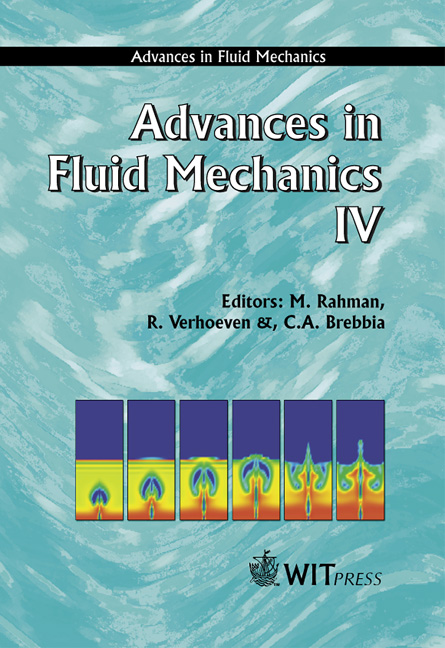Coupling Of Vascular MRI-velocity And CFD
Price
Free (open access)
Transaction
Volume
36
Pages
10
Published
2002
Size
668 kb
Paper DOI
10.2495/AFM020041
Copyright
WIT Press
Author(s)
F.P. Glor, J.J.M. Westenberg, J. Vierendeels, M. Danilouchkine & P. Verdonck
Abstract
MRI can be used in vivo m combination with CFD to derive velocity profiles and according pressure drop and wall shear stress distribution m vessel segments. There is, however, no unanimity concerning the use of MRI-velocity measurements as input for the inflow boundary condition of a CFD simulation. In this study, different input possibilities for the inflow boundary conditions are compared. MRI measurements of steady and pulsatile flow were performed on a u-bend phantom, representing the aorta geometry. PAMFLOWtm was used to solve the Navier-Stokes equations for incompressible flow. Three main parameters were found to influence the choice of an inflow boundary condition type. First, the flow rate through a vessel should be exact, since it proves to be a determining factor for the accuracy of the velocity profile. The other decisive parameters are the physiology of the flow profile and the CPU time. Our comparative study indicates that the best way to handle an inflow boundary condition is to use the velocities measured by MRI at the inflow plane as being fixed velocities. However, before using these MRI-velocity data, they should be (1) corrected for the partial volume effect by filtering and (2) scaled in order to obtain the correct flow rate. This implies the need for a reliable flow rate measurement.
Keywords





